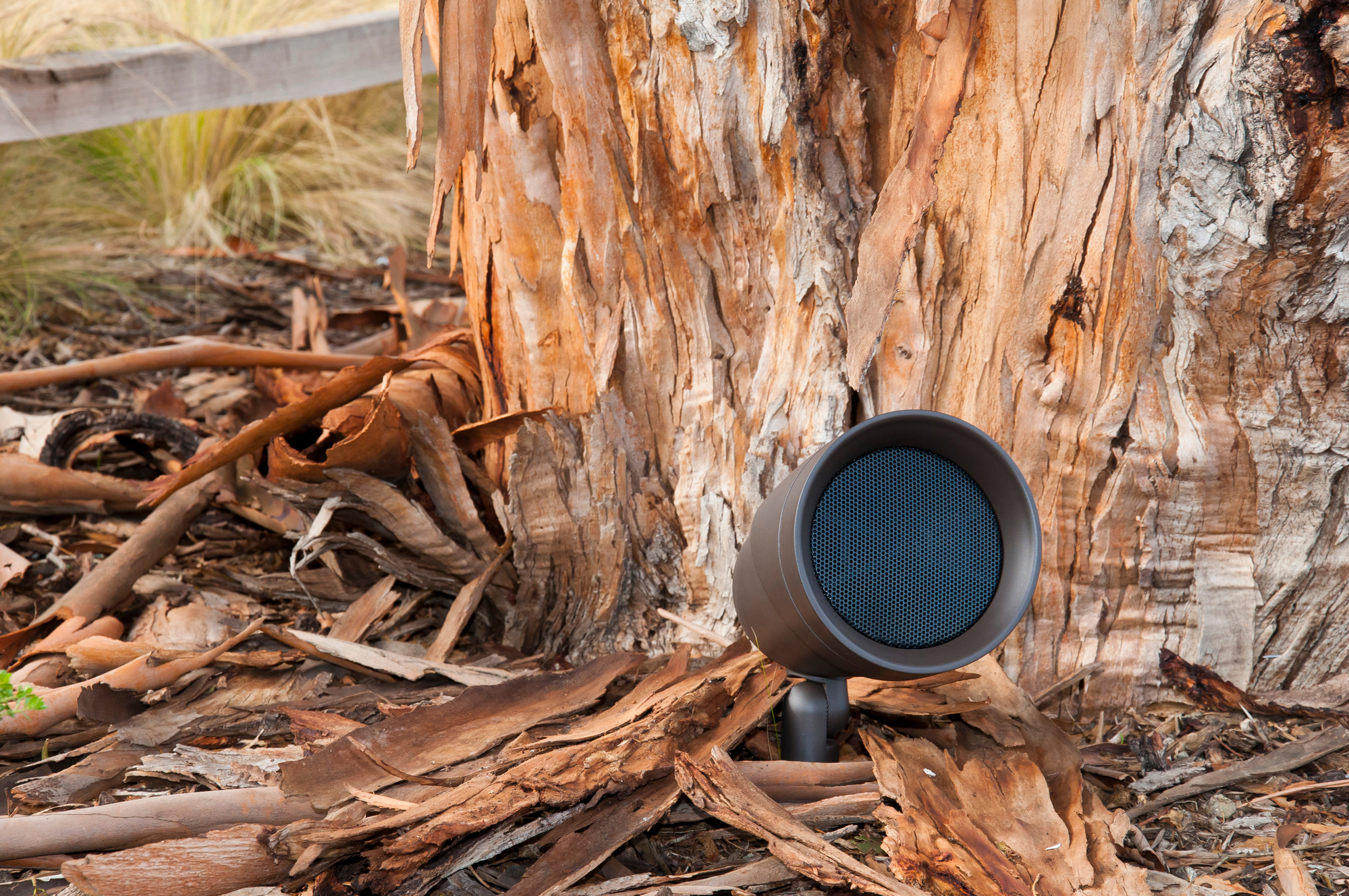Why Many Smart Devices Use a Mesh Network
When it comes to home networking, you’re probably familiar with Wi-Fi and Bluetooth. But with the advent of smart automation, Zigbee and Z-Waves are also becoming important protocols for wireless communication. These popular mesh network technologies can be incorporated into the automation system in your River Oaks, Texas home to increase the flow of traffic and boost reliability. Below we explain what a mesh network is and why it’s so popular when it comes to smart devices.
SEE MORE: Is Your Home Equipped to Handle a Connected Home?
What Is a Mesh Network?
A mesh network is one in which devices can speak directly with each other without having to go through a central router. Each device becomes its own standalone node in the network. All your nodes create echoes (imagine many small rocks falling into water and creating individual ripples) to give a broad reach to your signal as it finds the quickest way to its final destination.
This kind of technology is also used in cell phone networks on a bigger stage. When you call or text someone, your signal doesn’t have to go through AT&T or Verizon headquarters. Instead, the closest cell phone tower will relay the message.
Speeding Up Network Traffic
Consider the difference between a route that offers various highway options, so you can use a detour if there’s a logjam, and one that makes you go through one central tunnel or bridge where hour-long backups are typical. By offering your signal multiple routes, it can reach its final destination quicker.
ZigBee and Z-Wave are also low-bandwidth technologies. Since they travel at a lower bandwidth than most other devices, they face less traffic along the way. They can also carry signals without expending too much energy (unlike Wi-fi or Bluetooth). By using less power, you can run control devices for longer periods of time without having to invest in large batteries.
Enhancing Reliability in Your Network
Your wireless nodes also boost your signal along the way. A common issue in luxury homes is that they’re too large for many signals to make it through. With Z-Wave or ZigBee technology, the signal is continuously being strengthened, so there's no loss in communication the longer it has to travel.
Since mesh networks are low-bandwidth, they also face less interference compared to Wi-Fi. As opposed to a Wi-Fi network where the more devices you have, the less reliable your signal will be, a mesh network has the opposite dynamic. The more nodes, the more boosters your signal will have.
Common Uses in the Industry
These networks are used by the biggest automation companies in the market. Crestron, for example, uses 2.4GHz mesh network technology in its wireless home automation solutions. Their InfiNet EX Wireless control modules let you extend the reach of your system outdoors or in areas where pulling wires is impractical.
As part of your home networking setup, we ensure that all your smart devices are on the same page. Whether they’re using Wi-Fi, Bluetooth or Z-Wave technology, we can get them to work together. Make sure you’re getting the most out of your connected devices with a professional installation from Relative Home Systems.


